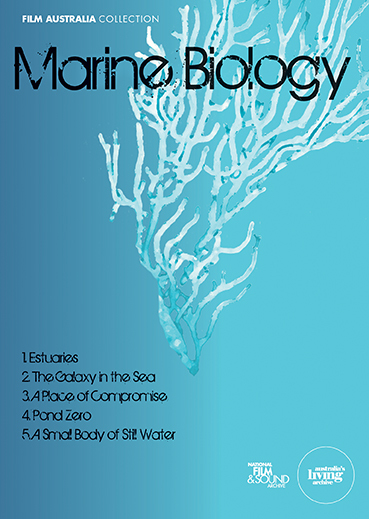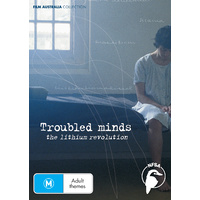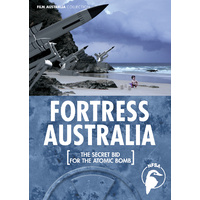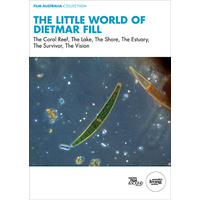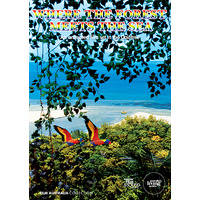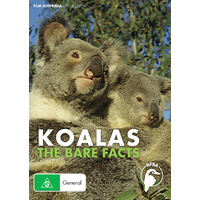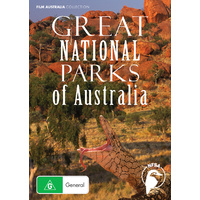1980, Total Running Time 95 Minutes (5 X 19 Minutes)
This five-part series is primarily intended for use in secondary schools. Using micro-photography it explores a range of marine environments including an estuary, a coral reef, a pond, the shoreline and a man-made solar salt field. We see how various plants and animals adapt, feed and reproduce in order to survive the unique conditions in their ecosystem.
EPISODES
Estuaries Using micro-photography this film shows the variety of marine animals and plants that thrive within estuaries, one of the most productive natural systems in the world. This junction, where fresh water from a river meets the salt water of the sea, is an important nursery and breeding ground. Filmed at Port Stephens on the central coast of NSW, it examines a mangrove environment and details the life cycles of prawns and oysters.
Galaxy in the Sea, The Using micro-photography this film takes a close-up look at Australia’s Great Barrier Reef. As well as the wide variety of coral types, it shows other life on the reef including sea anemones, clams, sea stars, sea horses and sea slugs. One of the highlights is a look at the life-cycle of the Spanish Dancer (Hexabranchus sanguineus), a very large and colorful sea slug, as seen through the microscope.
Place of Compromise, A Few living things have to survive in such a changeable environment as the shoreline. The area where land meets sea creates many problems for a species, such as dealing with tidal change, wave motion, sharp rocks, rain, salt deposits and temperature variations. Using micro-photography, this program takes a close-up look at how different plants and animals survive, obtain their nourishment and reproduce. It provides a general introduction to the Australian seashore and its creatures, including sea squirts, barnacles, plankton, sea worms, starfish, periwinkles, seaweed and anemones.
Pond Zero A study of the unique effects on marine life of a solar salt field that was constructed in the Pilbara region of Western Australia. As the tidal flats were closed to the ocean, marine life was trapped. Plants and animals (algae and fish) were forced to deal with the increasing salinity or die. Some species adapted and multiplied; others became tolerant of the new conditions but were unable to breed.
Small Body of Still Water, A It matters little to organisms whether their freshwater environment occurs naturally or is man-made, provided their life support elements of sun, water and oxygen are present. This program was filmed in a long-established man-made water supply pond in the Blue Mountains, west of Sydney. Using micro-photography it examines life within a single drop of water; the importance of algae in the food chain; the process of photosynthesis; and the life cycles of a dragonfly and frog - two animals that begin life in water then move to land.
A Film Australia Production. © 2011 National Film and Sound Archive of Australia.
(003002600)
Director/Cinematographer: Dietmar Fill
Additional Photography: George Alexander, Walter Deas (underwater camera), Peter Viskovich
Year: 1980
Running Time: 95 Minutes
Classification: Exempt from classification
Curriculum Links: Aquatic Ecosystems; Biodiversity; Coral Reef, Microbial & Estuarine Ecology; Environmental Science; Macrophotography; Marine and Coastal Studies; Marine Biology; Science; SOSE/HSIE.
SEE ALSO
| SKU | 003002600 |
| Brand | Film Australia |

